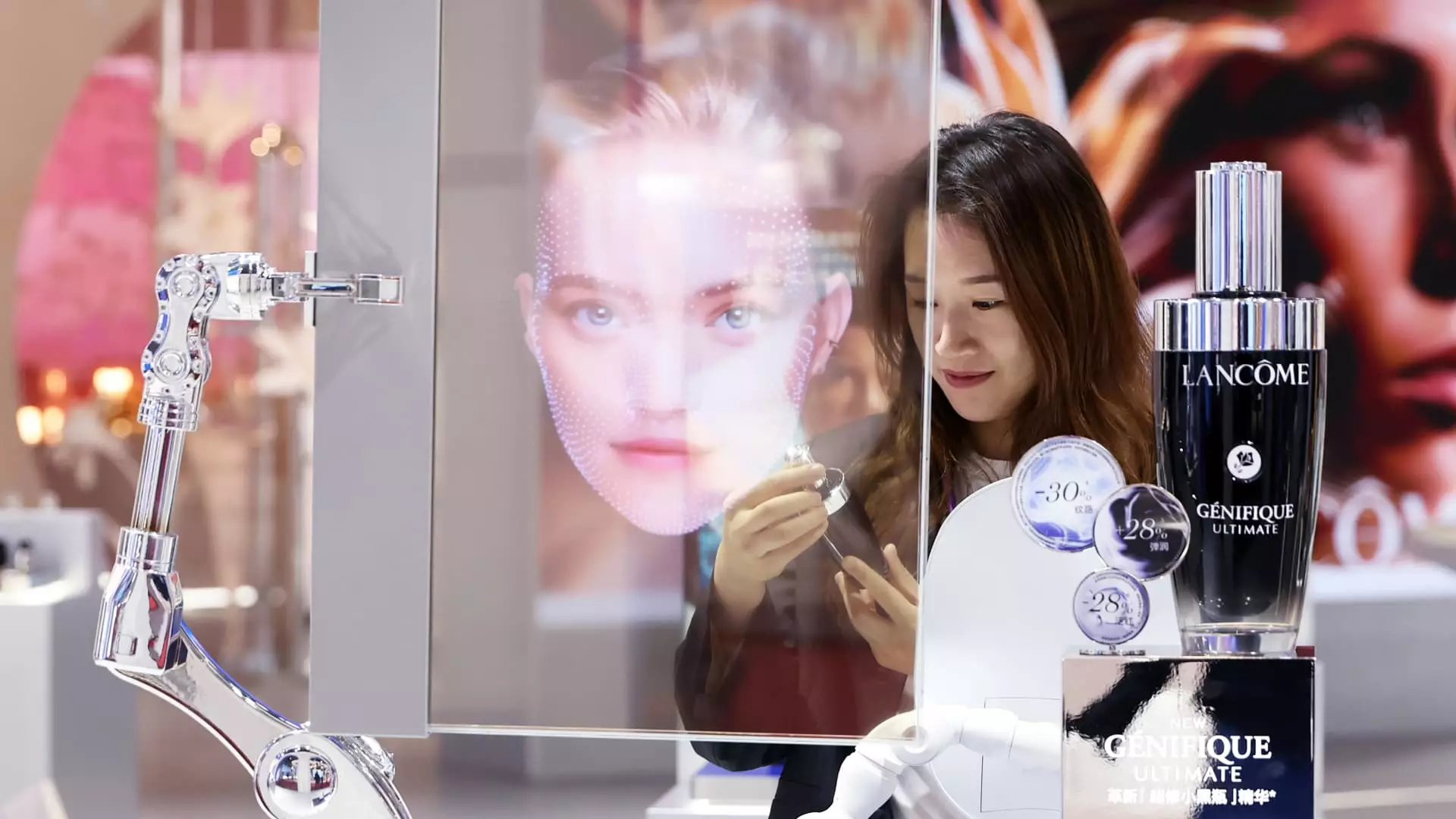In a recent announcement, L’Oreal, the global leader in cosmetics, disclosed its disappointing fourth-quarter sales figures, which fell below analysts’ expectations. This slump is largely attributed to ongoing vulnerabilities in the Chinese beauty market, alongside a noticeable deceleration in consumer demand within the U.S. The company’s revenues for the final quarter of the year totaled 11.08 billion euros ($11.49 billion), reflecting a modest increase of 2.5% on a like-for-like basis. However, this was marginally under the anticipated 11.1 billion euros, signaling potential challenges for the brand moving forward.
The overall growth for the year ended at 5.1%, landing at 43.48 billion euros, slightly above the earlier forecast of 43.33 billion euros. Despite these figures indicating growth, the last quarter revealed a stark contrast as sales in North Asia witnessed a pronounced decline of 3.6%. This troubling trend has persisted through several quarters and underscores the vulnerability of L’Oreal in key Asian markets.
Shifts in Consumer Behavior
While L’Oreal experienced growth in North America, where sales rose by just 1.4%, this marks a stark decrease from the 5.2% growth observed in the preceding quarter. Interestingly, all product divisions displayed increased sales, with notable success in the dermatological beauty and professional product segments. Such performance variations highlight an evolving landscape in consumer preferences, particularly as market dynamics continue to shift amidst economic pressures.
CEO Nicolas Hieronimus provided insights into these ongoing challenges, describing the Chinese market as “challenging.” However, he remained hopeful regarding a potential stabilization and recovery within the global beauty industry, which has been grappling with macroeconomic headwinds over the past few years. Hieronimus expressed confidence in L’Oreal’s resilience and growth capability, despite the headwinds that have influenced overall consumer sentiment.
Market Context and Competitive Pressures
The struggles faced by L’Oreal are reflective of broader trends affecting the luxury and consumer goods sectors. High-end companies, including luxury giant LVMH, have reported only marginal improvements, leading to investor skepticism regarding a market resurgence. Despite initial optimism following impressive results from Richemont, ongoing challenges within LVMH’s fashion, leather goods, and alcohol segments have cast a shadow over sectoral recovery prospects.
The threat of increasing global trade tensions, particularly with new U.S. tariffs affecting trade with China, has added another layer of complexity to the consumer market. Given the precarious situation in China, L’Oreal and similar companies may find themselves navigating significant headwinds that threaten consumer spending across the board.
While L’Oreal continues to drive innovation and maintain a strong portfolio of esteemed brands, the company must strategically adapt to shifting consumer preferences and evolving market conditions. The insights from the fourth-quarter report reveal both opportunities for growth amid existing challenges and a pressing need for strategic agility in a dynamic global landscape.


Leave a Reply